
CERN Science Gateway: a guide for teachers
Discover CERN’s brand-new science education and outreach centre in Geneva, Switzerland: CERN Science Gateway!

Accelerate Your Teaching is a free online course for high-school teachers. Discover how particle accelerator stories can bring a range of STEM topics to life.
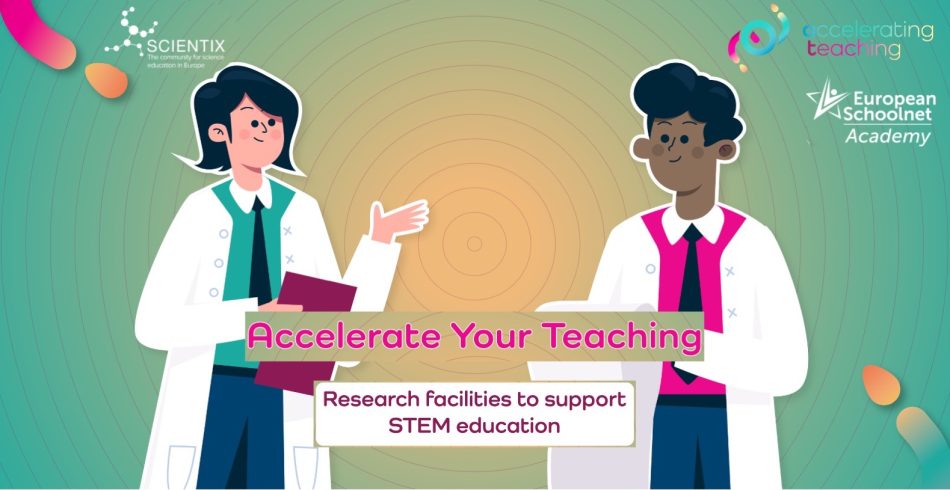
©Accelerating Teaching
Bringing cutting-edge science into your teaching can be a powerful way to engage and inspire students, but many teachers find it hard to keep their knowledge up to date, especially in fields they are not so familiar with. Accelerator science presents a particularly powerful opportunity because it is an incredibly multidisciplinary field that intersects with many topics across the traditional STEM subjects.
Some of Europe’s largest research facilities, CERN, ESS, and MAX IV (see info box), have teamed up with pedagogy experts to create Accelerate Your Teaching, a free online professional development course aimed at science teachers across Europe.[1] Stories, case studies, videos, games, and apps are brought together on a single platform, with a clear structure to help teachers work through the material at a pace and to the depth they choose. Throughout are examples of Learning Scenarios – how to use the knowledge in your classroom – designed and tested with real teachers.
The aim is to inspire teachers to use the stories from large facilities across Europe to teach topics they all teach: physics (forces, electromagnetism, light), chemistry (atomic structure, bonding, molecules); biology (the role of proteins, DNA, or ribosomes in the body or how water is taken up by plants). Or even geography, social sciences, and languages! These are, after all, international facilities so the people working there have fascinating and unusual insights and career routes.
School science often focuses on established science. By providing a range of ways to explore these topics in a classroom setting, Accelerate Your Teaching aims to engage teachers and, by extension, students in state-of-the-art research, highlighting science as a creative activity and showcasing diverse scientific careers. The future users of large-scale facilities like ESS, MAX IV, and CERN are all still at school and they deserve to learn what’s out there and what being a scientist in the 21st century is really like! Research today is hugely collaborative. Modern high-tech research is often about large shared facilities where research teams come together to do complex experiments.
Accelerate Your Teaching gives context to these large-scale facilities, and demonstrates that accelerator technology is not limited just to a few big-name facilities. Did you know, for example, that there is likely a particle accelerator in your nearest city? Most large hospitals have at least one for cancer diagnosis and treatment. They are also used in the manufacture of cars. And now that you know that, wouldn’t you like to understand a little more about how they work? How do we get the tiny particles to move faster and faster instead of slowing down? How do we measure and detect them? And what impact do they have on our lives today?
Scientific input and advice for the course comes from the research centres at CERN, ESS, and MAX IV. They all have accelerators at the heart of their facilities, but use them for very different applications and research.
CERN, the European Organization for Nuclear Research, is one of the world’s largest and most respected centres for scientific research. Founded in 1954, the CERN laboratory sits astride the Franco-Swiss border, near Geneva. It was one of Europe’s first joint ventures and now has 23 member states. Its aim is to advance the boundaries of human knowledge by delving into the smallest building blocks of our universe.
Physicists and engineers at CERN use the world’s largest and most complex scientific instruments to study the basic constituents of matter: fundamental particles. Subatomic particles are made to collide together at close to the speed of light. The process gives clues about how the particles interact and provides insights into the fundamental laws of nature.
The instruments used at CERN are purpose-built particle accelerators and detectors. Accelerators boost beams of particles to high energies before the beams are made to collide with each other or with stationary targets. Detectors observe and record the results of these collisions.
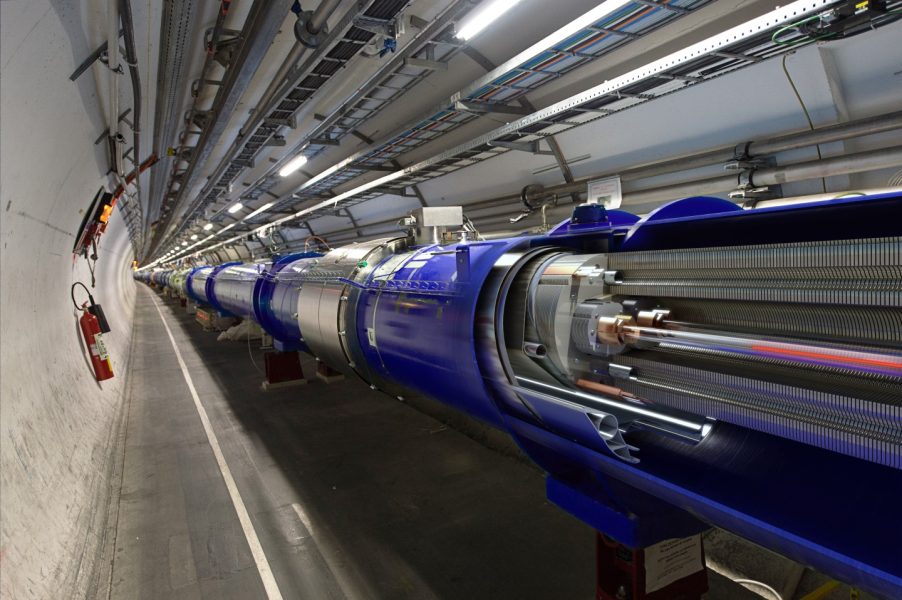
ESS (European Spallation Source ERIC) is a research facility under construction in Lund, Sweden, with a data management and software centre based in Copenhagen, Denmark. When completed, ESS will be the world’s most powerful accelerator-based neutron source to study the structure and behaviour of matter at the atomic level.
When operational, researchers from academia and industry will use the neutrons generated at the ESS facility to learn more about materials and biological systems, unlocking discoveries and driving innovative solutions to tackle global challenges, from energy to healthcare and sustainability.
Built by 13 countries, ESS is a flagship European big-science project, with technical components built at more than 40 European research institutes and with know-how from more than 100 laboratories and experts worldwide.
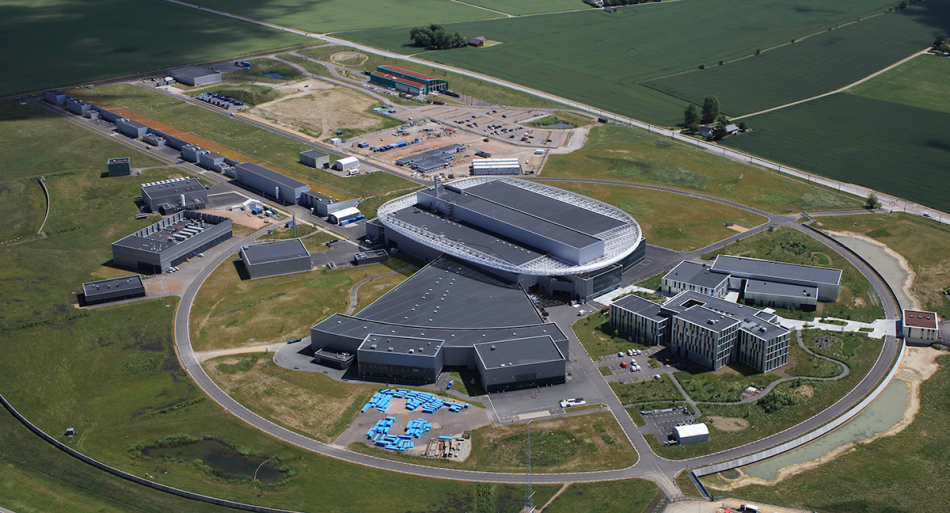
MAX IV Laboratory, hosted by Lund University, is a Swedish national laboratory that provides scientists with brilliant X-rays for research. When it opened in 2016, it was the first fourth-generation synchrotron facility in the world.
A synchrotron is a circular accelerator that accelerates electrons, which then emit extremely bright X-ray light. The high-quality X-ray light produced at MAX IV is used by thousands of researchers every year to study materials and biological sciences.
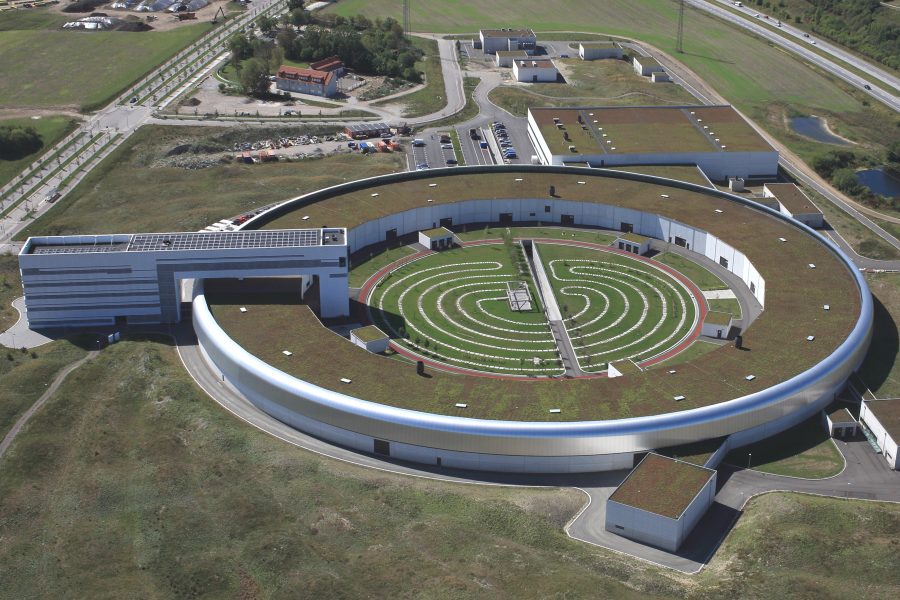
The diverse partners behind the project are experts in pedagogy, accelerators, and large-scale research.
The project was led by the department for science and education, Malmö University, Sweden, with science pedagogues from Copenhagen University, Denmark, Experimentarium in Copenhagen, Denmark, and Vattenhallen in Lund, Sweden. All the materials have been designed and tested with teachers. The course is hosted on the European Schoolnet Academy, Europe’s leading network for European teachers, and specifically within Scientix, their platform for science teachers.

This professional development course aims to inspire teachers to use the stories from large facilities across Europe to teach topics such as forces, magnetism, structure of an atom, light, the electromagnetic spectrum, etc. Many types of materials are available, with a few listed below:
Scientist stories: Short videos of people who work with these facilities are embedded in the course. They explain what it’s like to use a synchrotron or a neutron facility, what links CERN’s accelerator to Star Wars, and why we are still studying superconductors even while we are using them to run these machines.
Marina, a teacher who participating in a live event in 2023, said: “Scientist stories provided valuable insights into the real-world applications of scientific concepts. There are clear connections between the concepts mentioned in the stories and what we teach in our curriculum. Using some of these stories as a context for teaching is an excellent idea. It not only makes the lessons more relatable but also encourages students to see the practical applications of what they are learning.”
Games: Developed by the experienced Science Education team in Copenhagen University, the online game Race to Space uses role play to imagine how students would use a neutron source to detect and measure lithium in space. Race to Space helps pupils develop a range of skills, and the format allows them to dig deep and ask questions without fear of asking silly questions or getting it wrong.
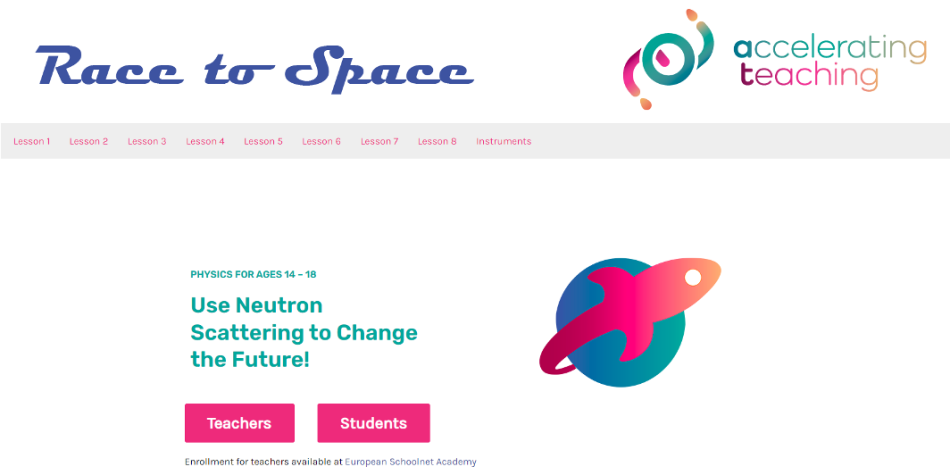
Apps: We introduce ‘AcceleratAR’ – an app you can use on a tablet or phone to create an augmented reality toolkit to test how particle accelerators work.
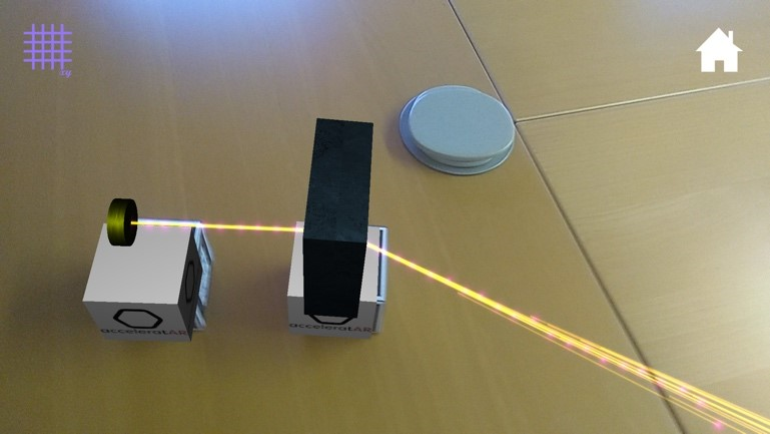
Learning scenarios: Every section of the course shows how to embed the lessons in your own teaching by using learning scenarios: an in-depth lesson plan with curriculum links and real context plus the materials needed to use them in your own lessons. In addition, there is advice on how to write your own lesson plan on whichever section of the course most appeals to you and your students.
Live participation in the course closed on 22 November 2023, but all the content remains available in an online archive for you to participate in at your leisure, with all materials available to download and recordings of the live events included. So, enrol now to update your knowledge on cutting-edge science and research, and how it can help accelerate your teaching!

The work presented on this document has received funding from the European Union project Accelerating Teaching (Agreement number 2022-1-SE01-KA220-SCH-0000889631). The content of the document is the sole responsibility of the organizer, and it does not represent the opinion of the European Union, nor is the European Union responsible for any use that may be made of the information contained.
[1] Accelerate Your Teaching MOOC website: https://www.europeanschoolnetacademy.eu/courses/course-v1:AT+AcceleratingTeaching+2023/about.

Discover CERN’s brand-new science education and outreach centre in Geneva, Switzerland: CERN Science Gateway!

A real-life version of proton torpedoes, popularized in Star Wars, offer an alternative to radiotherapy for the treatment of…

Build your own virtual particle accelerator with the aid of the acceleratAR app and gain a hands-on, immersive understanding of how these machines…